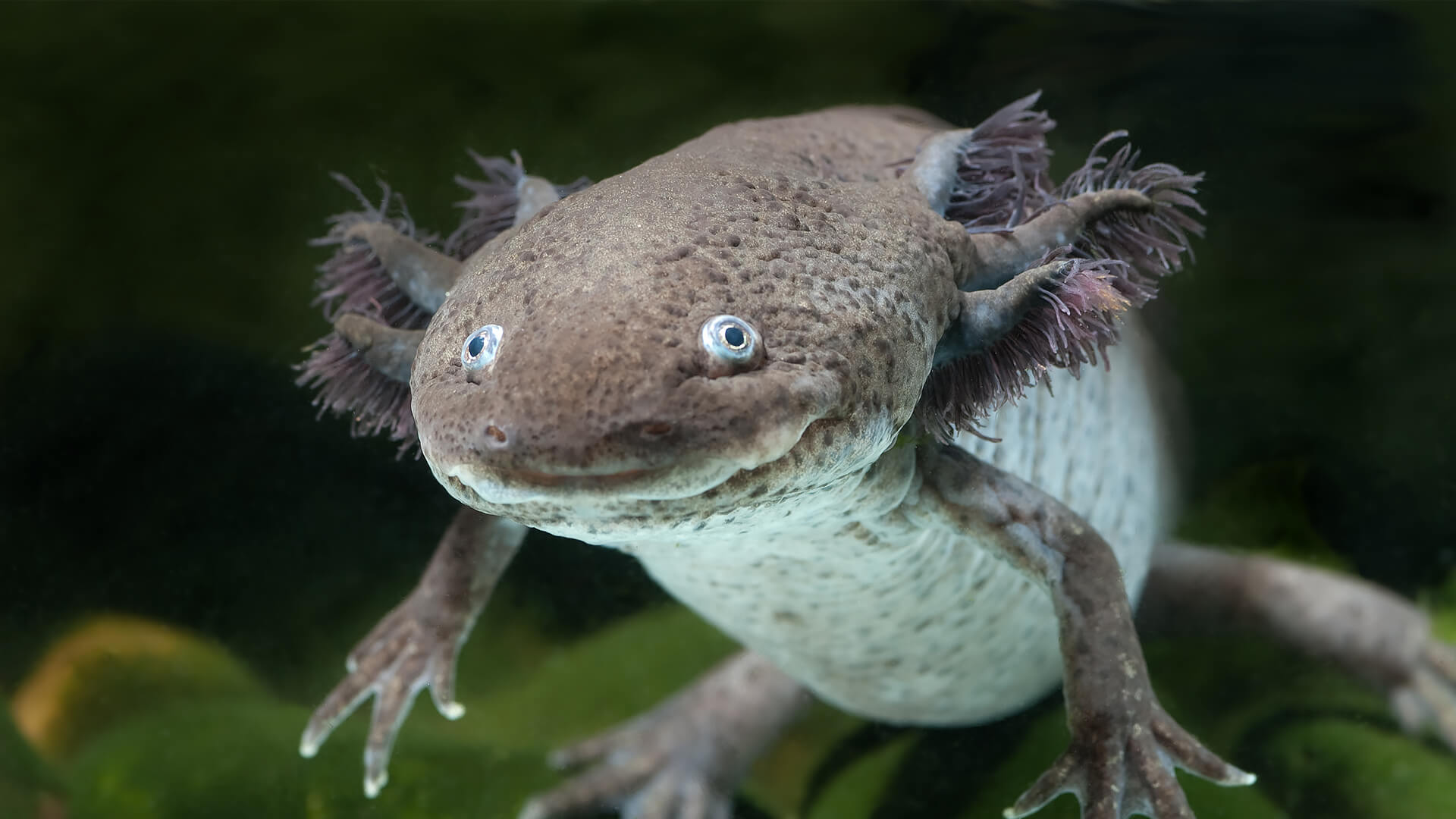

Our results show that gene expression in axolotls is diverse and precise, and that axolotls provide new insights about amphibian metamorphosis.Īmphibian metamorphosis is generally characterized by dramatic and conspicuous developmental changes that are necessary for larvae to function as terrestrial adults. We discuss genes and biological processes that appear to be common to salamander and anuran metamorphosis, and also highlight clear transcriptional differences. However, essentially all of the identified genes were similarly affected by 5 and 50 nM T 4. We found that T 4 concentration affected the timing of gene expression and the shape of temporal gene expression profiles. To complement this analysis, we used linear and quadratic regression to identify 542 and 709 genes that were differentially expressed by ≥ two-fold in the 5 and 50 nM T 4 treatments, respectively. We identified 402 genes that were statistically differentially expressed by ≥ two-fold between T 4 treatments at one or more non-Day 0 sampling times.

In contrast, initiation of metamorphosis was delayed in the lower T 4 concentration and none of the individuals completed metamorphosis by Day 28. Individuals reared in the higher T 4 concentration initiated morphological and transcriptional changes earlier and completed metamorphosis by Day 28. We induced metamorphosis in juvenile Mexican axolotls ( Ambystoma mexicanum) using 5 and 50 nM T 4, collected epidermal tissue from the head at four time points (Days 0, 2, 12, 28), and used microarray analysis to quantify mRNA abundances. However, they can be induced to undergo metamorphosis via exposure to thyroxine (T 4). In contrast to anurans, many salamanders do not undergo metamorphosis in nature. Thyroid hormones (TH) induce gene expression programs that orchestrate amphibian metamorphosis.


 0 kommentar(er)
0 kommentar(er)
